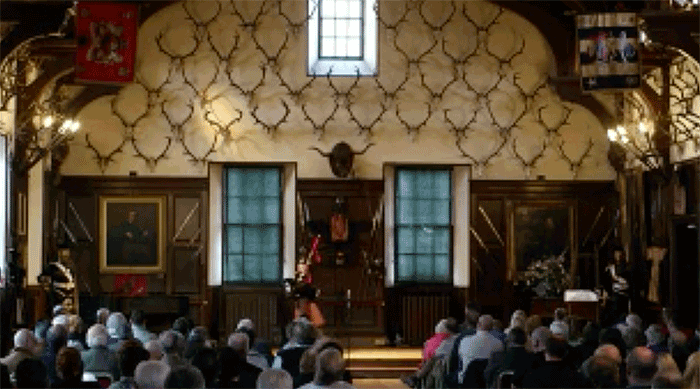
For those of you who are regular readers of Piping Press this will be something of a departure from the usual informed reporting you might read here. However I would hope that it is an opportunity to consider a refreshing vision of last weekend’s Glenfiddich championship.
Over a long period of time I have had a passing acquaintance with piobaireachd. I have always listened to it and in the 80s had a period of tuition from the late, great Kenny MacDonald of Battlefield, Glasgow. To my regret I didn’t pursue my learning but allowed it to return to its previous dormant state.
By John Nevans
In 2019 I had the privilege of listening to ceòl mòr lessons delivered at the RSPBA Summer School held in the Gaelic School in Glasgow. I decided then that in the winter I would revisit piobaireachd and, for my own enjoyment, begin to study its history, method and performance.
I enrolled in the Piping Centre’s CLASP league for amateur pipers. Who knew what the coming months would bring in 2020 and beyond?
[wds id=”2″]
I compare myself to a child just beginning to experience the textures, sensations and flavours of a new world. It is a complete rolling adventure to me.
My recollection of Blair Castle, the actual building, is based on two things. I did the tour. I have seen ‘Bonnie Dundee’s’ armoured breastplate and noticed its size and observed the accuracy of the marksman who shot him dead despite the diminutive stature of the target.
The other thing which stood out was the painting of Duke John which hangs on the right hand side as you face the back wall of the Great Hall. ‘It’s like looking in a mirror’ I thought; there is an uncanny resemblance even if I do say so myself.
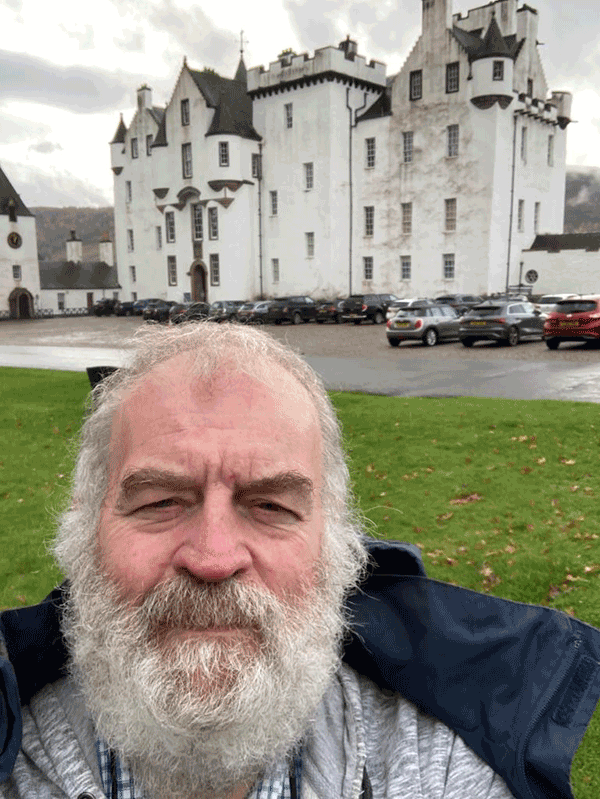
These things, and my own experience of playing in the hall, fed my recall of the venue. Don’t worry, I am not claiming to have played professionally on those hallowed boards, just at a friend’s daughter’s wedding.
If you ever hear someone say ‘Aye big Nevans swept up at Blair Castle at the weekend’ it’s only because somebody dropped a crisp packet and I was standing close to the brush.
To the event. The Great Hall, with its wooden, buttressed ceiling and many surrounding objects, absorbs and shapes the sound. This is projected to the audience in such a way as to make it ideal for the well-tuned highland bagpipe.
Seating is in simple rows of chairs. Listening is effortless; no straining as the competitors roll through the programme. The audience is the most well-behaved group of people I have been with in a long time. Silence reigned even in the tuning periods – such respect from a body keen to give every chance to the player.
By this time you will all have read of the results and more factual reports will have been published about who got what and for what. For me the whole package of the day was the music.
There is inevitably an order of merit to be decided upon by those with the burden of adjudication, but for this listener there was the adventure of discovery.
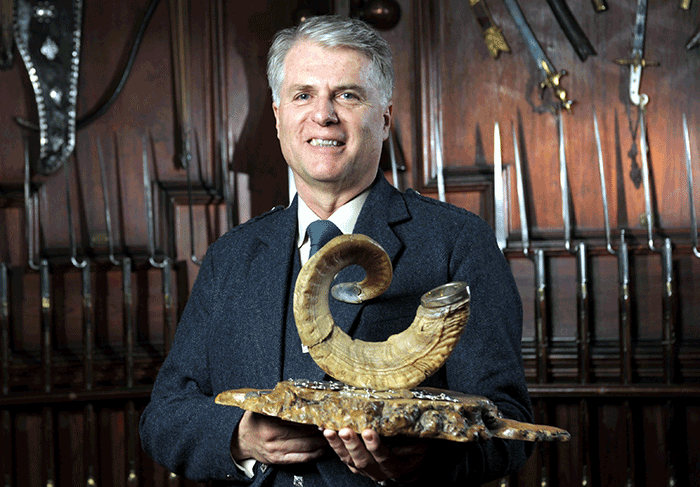
If I might step aside for a moment; any art involves a degree of science. It is the applied formulae of structure which eventually leads to an end point of beauty. If any of these processes are less than accurate then the resulting beauty is diminished. This is the measuring stick of the adjudicator of any art form.
For this engaged amateur the efforts of the pipers in the piobaireachd at the Glenfiddich brought a sense of both light and depth to the music. It could be the plaintive wail of those that mourn for the Union or Colin Roy MacKenzie, or the way the composer’s liberty of structure was conveyed by these expert performers to the audience.
We heard the fire of emotion rising through the tunes to crescendo in frenetic final `a mach’ variations. The finger control to me seemed amazing, the rhythms of the movements entrancing. This was our ancient music at its best.
In the afternoon I was on more familiar territory. The march, strathspey and reel competition produced a varied range of standard melodies combined with more recent innovative compositions.
The old tunes I played along with and listened with interest to those new to me. Those tasked with choosing the winners must be more focussed on the quality of the presentation. Luckily I could simply sit back and enjoy the efforts of these exemplary players in producing these idiomatic pillars of our music.
The day ended with the usual flair. The Master of Ceremonies, Bob Worrall, had lead the day for the audience and his engaging manner jogged everyone along.
A moment of note was the presentation of the Balvenie Medal to John Wilson for his many achievements over the years. I felt it a well-earned accolade; congratultions John.
As we made our way home I listened to the more experienced solo players in the car mulling over their own preferences from the day and gleaning from them things I will watch out for next year because for me there will definitely be a next year.
- Get the full results here.










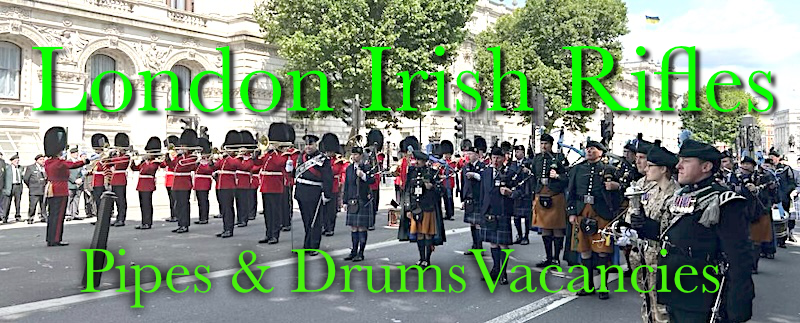

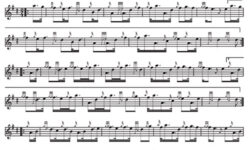







Regarding the recent commentaries on Donald Morrison of Aberdeen and South Uist, I believe the person playing the french horn was my cousin Robert McIntosh whose wife is from Bornish. Robert suggests, though, that the place where they played together would have been in South Uist. Robert was also a great friend of Andrew MacNeil of Colonsay and I had assumed that a recording of Lord Alexander Kennedy and the Dark Island was between them but possibly it was with Donald Morrison. Robert played with the London Philarmonic, the RSNO and others. Richard Beattie
I very much enjoyed reading this report by John Nevans and especially the paragraph beginning ‘If I might step aside for a moment;’